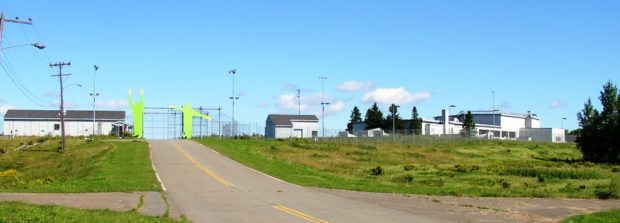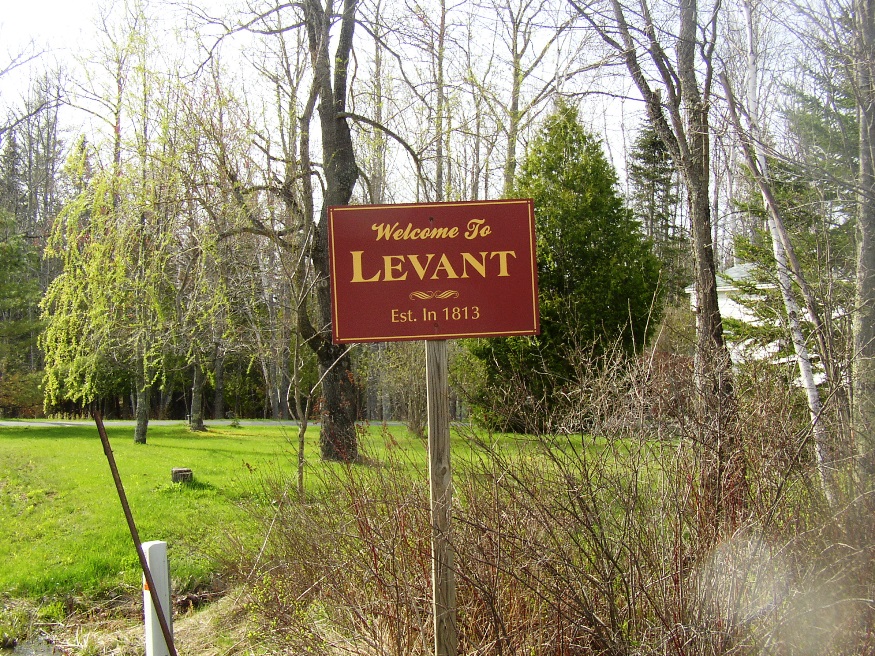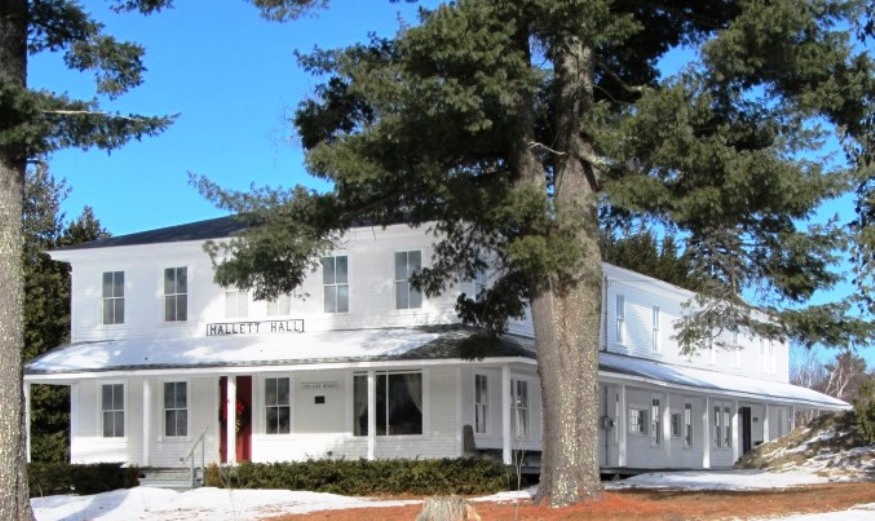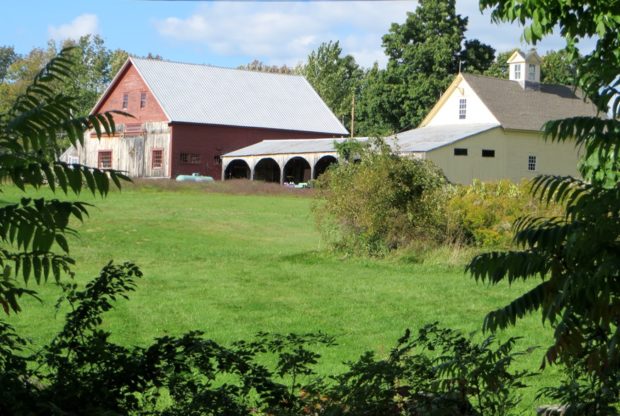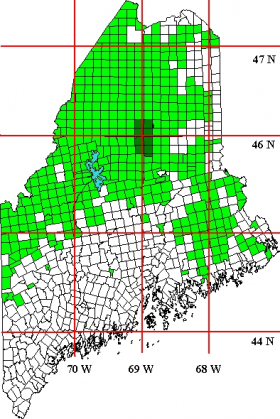Lindsey, Stephen Decatur
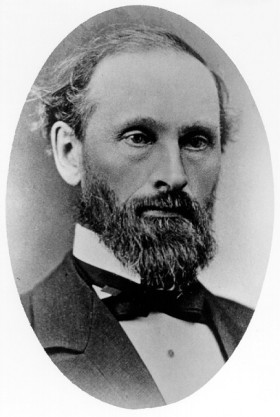
(1828-1884) a U.S. Representative, was born in Norridgewock on March 3, 1828. He attended the common schools and Bloomfield Academy, studied law, was admitted to the bar and began his practice in Norridgewock in 1853. Clerk of the judicial courts in Somerset County from 1857 to 1860, he was a member of the Maine House…






